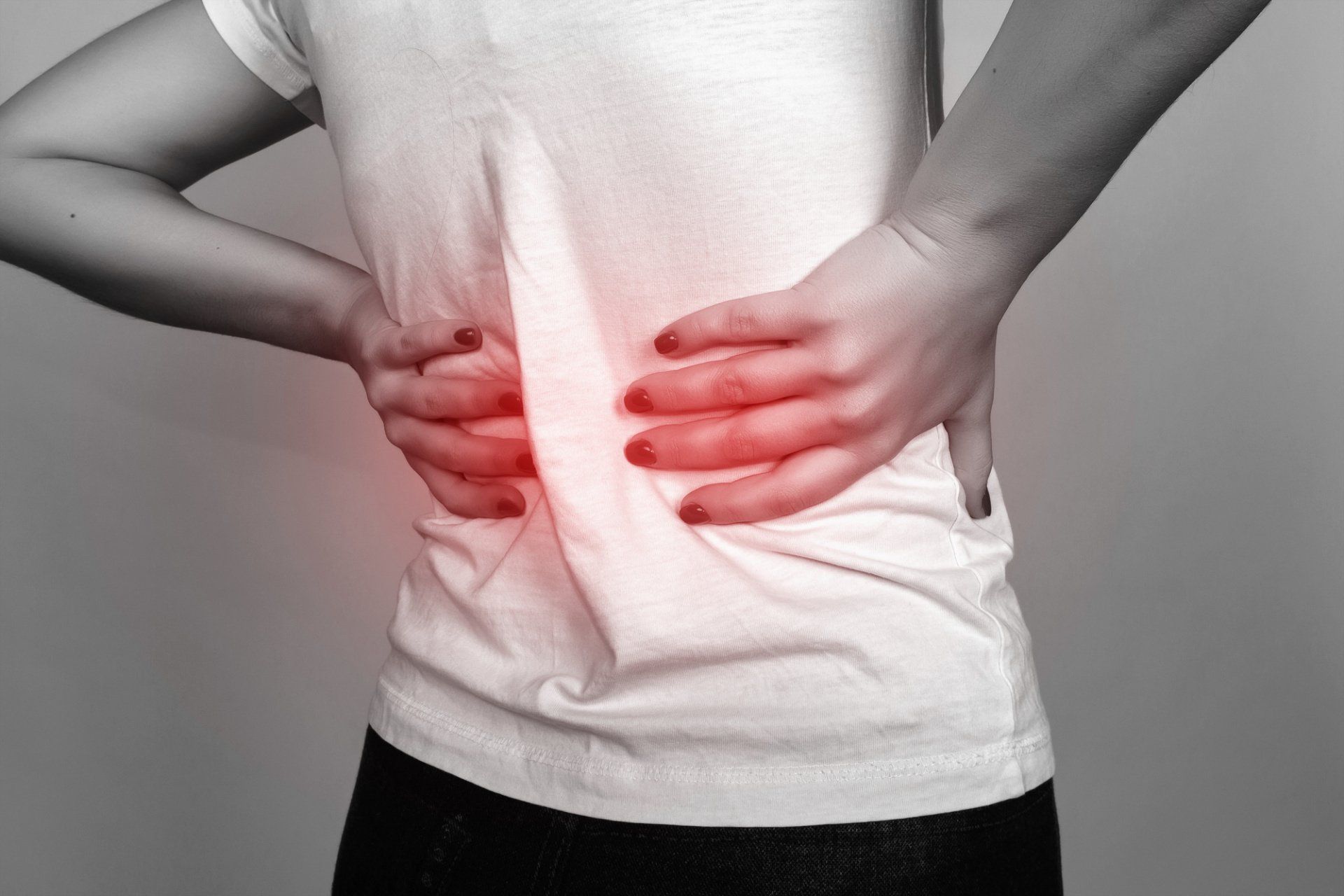Reviewing Nonsurgical Spinal Decompression Therapy And Neck Pain
July 8, 2019
Reviewing Nonsurgical Spinal Decompression Therapy And Neck Pain

If you have been afflicted with chronic neck pain, you know how disrupting it can be to your everyday life. Standing upright straight for long periods can be brutal; getting comfortable at night can be impossible, and simple things like unloading groceries can become extremely painful.
Many people experience neck pain or stiffness on occasion. Often, it can be due to poor posture or overuse. Neck pain can also be caused by an injury from a fall or accident, contact sports, or whiplash.
Patients that will benefit most from decompression therapy may be those diagnosed with herniated discs, bulging discs, sciatica, degenerative disc disease or facet syndrome.
What Is Spinal Decompression
Spinal decompression therapy is a non-invasive mechanical procedure used to help relieve neck pain. It involves gently stretching the spine which can take pressure off of the spinal discs, these are the cushions that separate the vertebrae in the spine.
When patients experience pain in the neck area, it is largely due to impinged nerves in the cervical spine in the majority of cases. By relieving this pressure, bulging discs can rescind back into place which will take the pressure off of the nerves in the spine responsible for the pain a patient feels.
This procedure is called nonsurgical decompression therapy, as opposed to surgical spinal decompression, such as laminectomy and microdiscectomy.
Functions Of The Cervical Nerves
- There are 31 pairs of nerve roots that run along the spine from the neck to the tailbone. The seven cervical or neck vertebral segments protect eight sets of cervical nerve roots, which are abbreviated C1 to C8.
- When degenerative cervical spine conditions, such as degenerative disc disease or osteoarthritis, produces an anatomical abnormality such as a herniated disc or bone spur, the C1 to C8 nerve roots can become compressed.
- When the nerve becomes compressed it produces the symptoms listed above, and the location of the compressed nerve determines the location in the body where the symptoms arise. Here are the areas of the body associated with each of the eight cervical nerves:
- C1 — Breathing and blood supply to the head.
- C2 —Breathing, eyesight and head, and neck movement.
- C3 — Breathing and facial movement.
- C4 —Breathing, heart rate, and facial movement.
- C5 — Heart rate, wrist, and elbow movement.
- C6 — Heart rate, neck, and shoulder movement.
- C7 — Arm, hand, and finger movement.
- C8 — Arm, elbow, hand, and finger movement.
The Spinal Decompression Therapy And Neck Pain Takeaway
The spine is comprised of a complex system of vertebrae, discs, joints, and nerves.
Accidents, overuse and poor posture, as well as the natural degeneration of the spine, can all lead to the development of certain cervical conditions, such as a herniated disc or spinal arthritis. When these circumstances occur, the displaced disc material or an arthritic bone spur can put pressure on surrounding spinal nerves, causing pain and other symptoms.
In the past, a patient suffering from this was often was given pain medications, instructed to abstain from physical activities, referred for physical therapy, and if they did not progress they were sent for spinal surgery. Spinal decompression therapy is an alternative therapy designed with the goal of alleviating pain and promoting healing of the intervertebral disc.
Contact us today to claim your new patient special offer and learn how we can assist you with your health and wellness journey!
Recent Articles

Now that you know the top tips for finding a great chiropractor in St Petersburg FL, it's time to book an appointment. Here at Unified Chiropractic, we want to help you live a pain-free life.
If you're local to the Northeast Saint Pete area, you're more than welcome to come in to meet us face-to-face. We'd love to discuss your healthcare goals with you!
Blogs and Articles

Now that you know the top tips for finding a great chiropractor in St Petersburg FL, it's time to book an appointment. Here at Unified Chiropractic, we want to help you live a pain-free life.
If you're local to the Northeast Saint Pete area, you're more than welcome to come in to meet us face-to-face. We'd love to discuss your healthcare goals with you!










